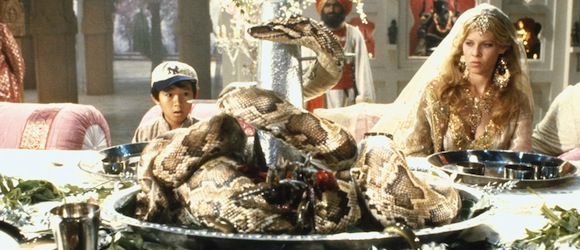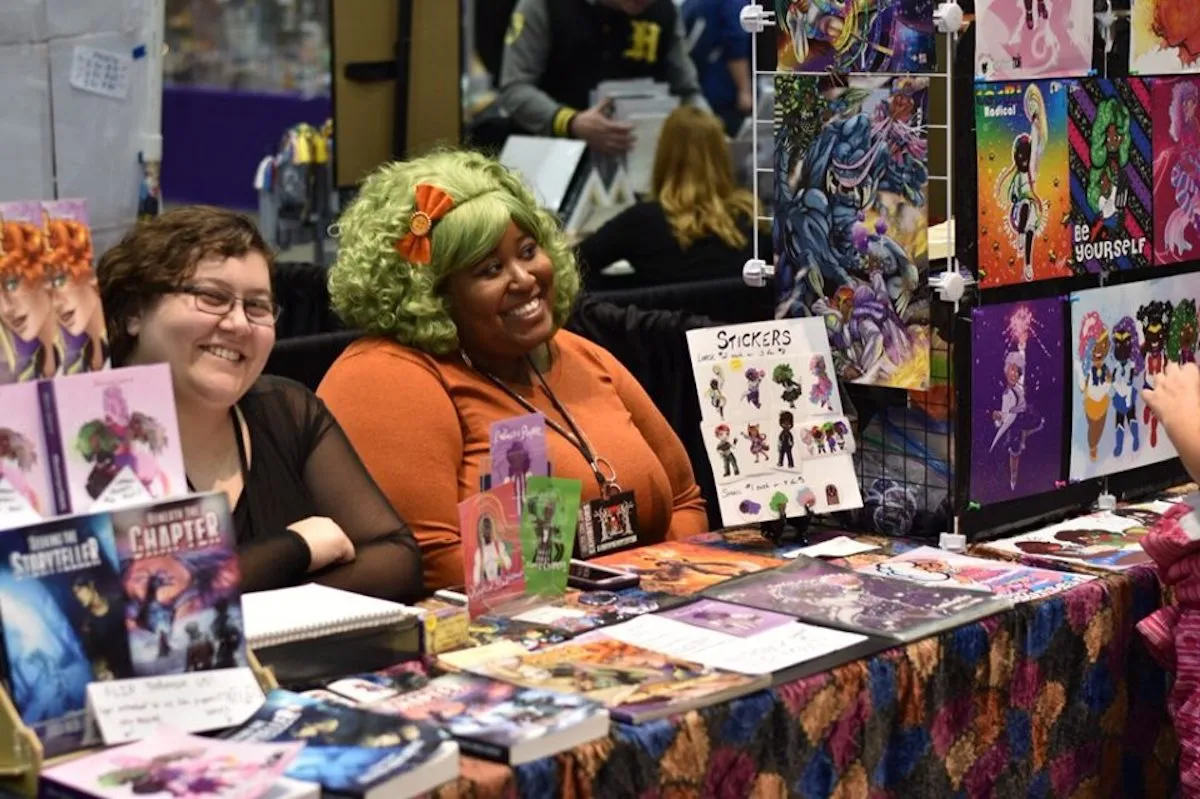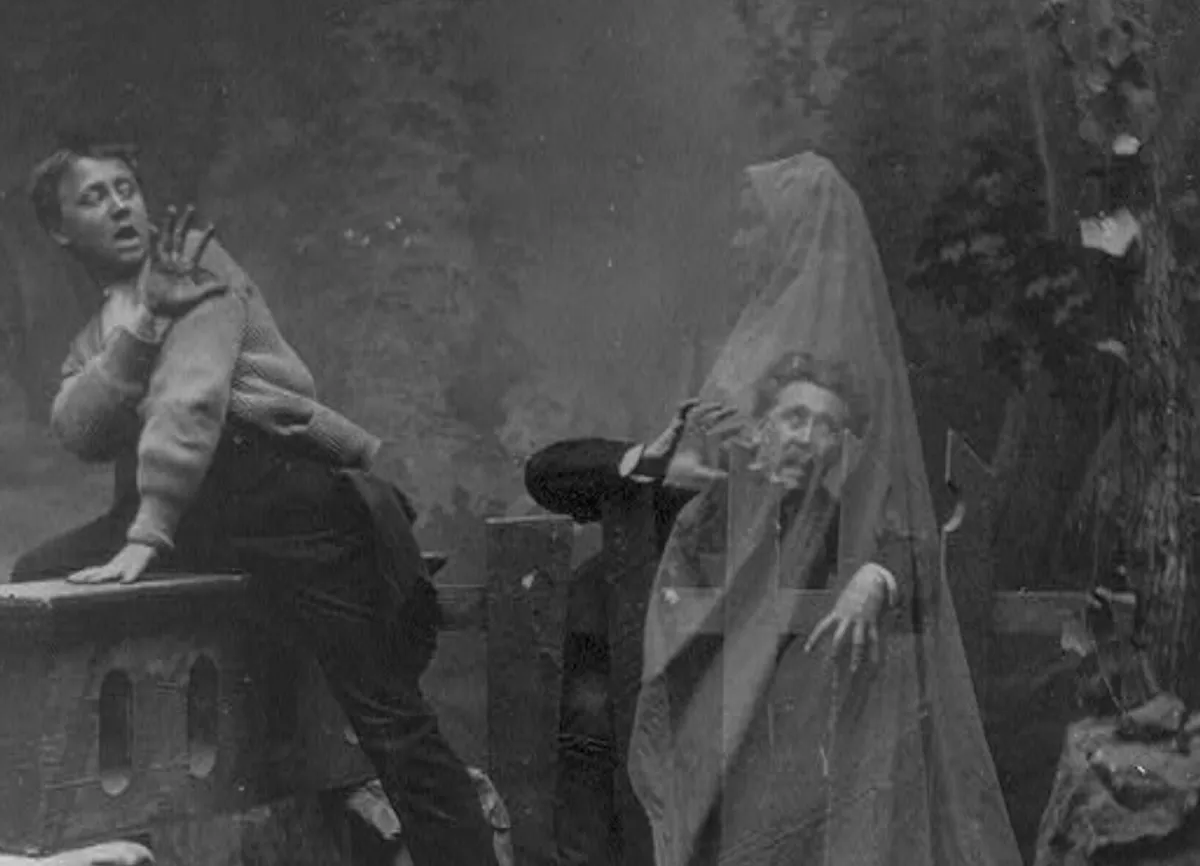Susana Polo
Susana Polo thought she'd get her Creative Writing degree from Oberlin, work a crap job, and fake it until she made it into comics. Instead she stumbled into a great job: founding and running this very website (she's Editor at Large now, very fancy). She's spoken at events like Geek Girl Con, New York Comic Con, and Comic Book City Con, wants to get a Batwoman tattoo and write a graphic novel, and one of her canine teeth is in backwards.




